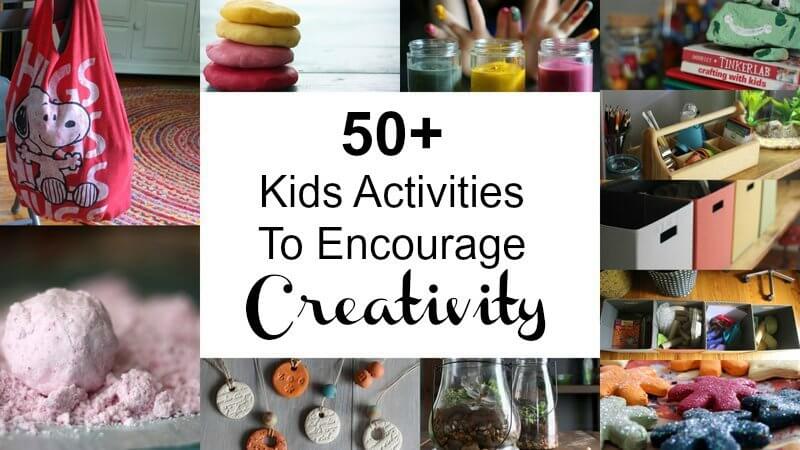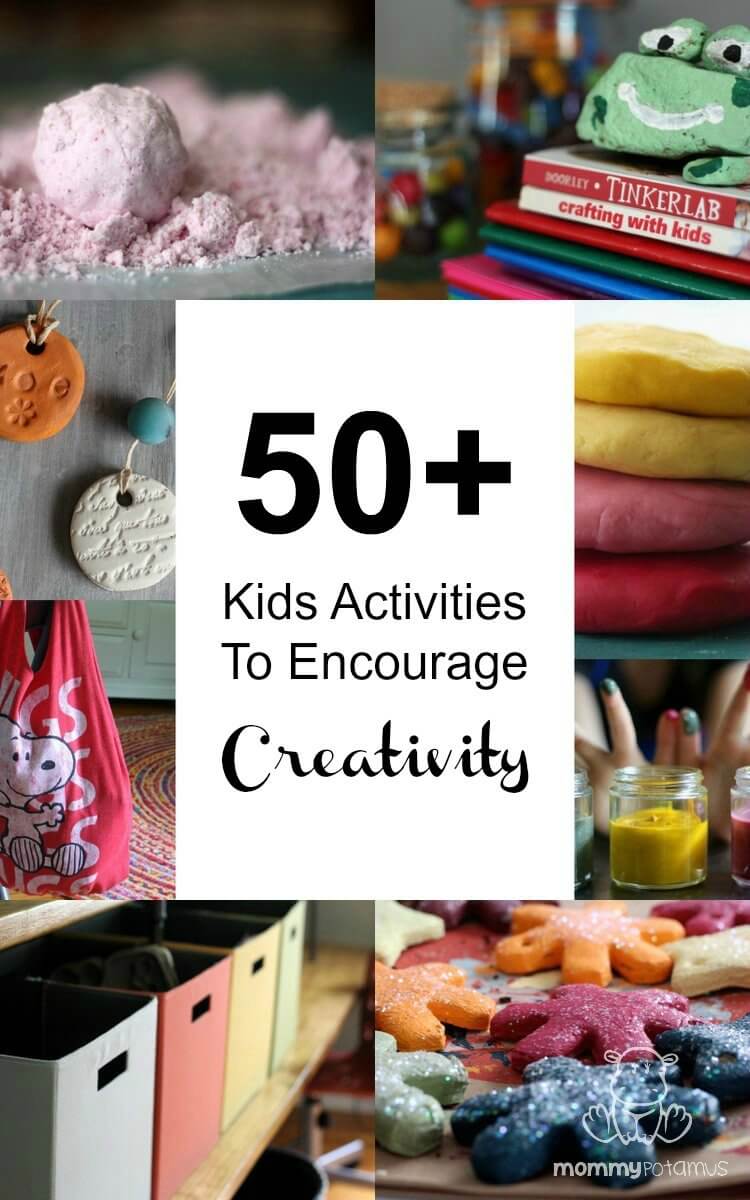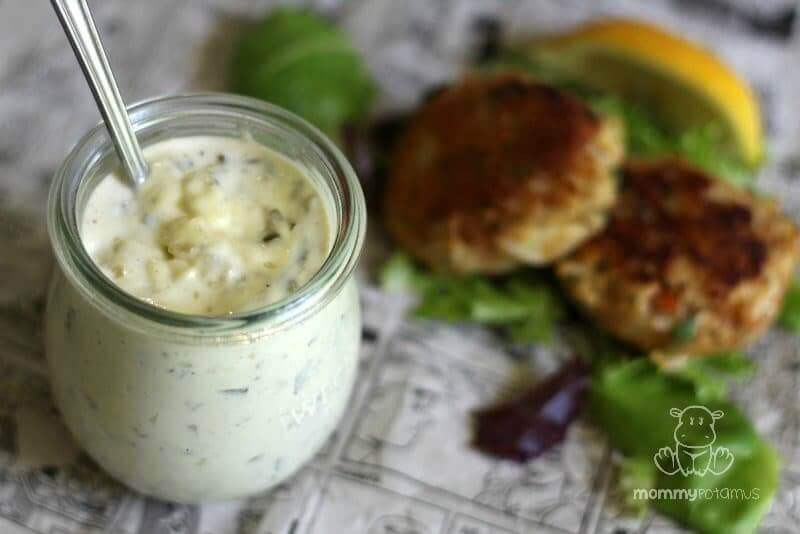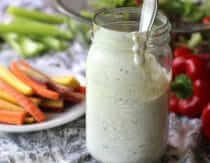
It was rainy, blistering hot, and we’d been stranded four, no five, days due to snow. Not all at the same time, of course, but the days in which I’ve heard “Mom, I’m bored” kind of blur together, you know?
While there’s plenty to do in all seasons – making snow cream in the winter and riding bikes in the summer – I don’t worry if they ignore those options and declare themselves bored.
Actually, I think it’s a good thing. As Alvin Rosenfeld, author of The Over-Scheduled Child, writes:
Parents worry about kids’ boredom, so they schedule their lives to keep them busy . . . But empty hours teach children how to create their own happiness.”
March 2020 Update
We’ll dive into the benefits of occasional boredom soon, but right now this article is getting a lot of interest due to current school closings.
While I’m totally a fan of giving kids opportunities to get creative, structure is really good. too. For those that are looking ways to add structure to daily activities right now, I wanted to let you know that about several free online learning resources that may be helpful.
This post will be updated as I come across more.
Mystery Science has gone through all their elementary science lessons and pulled the easiest ones to do from home. They’ve made them available for free without signing up for anything or creating a student login. Find science projects here.
Izzit offers high-quality educational videos plus related activities, quizzes, etc for kids K-12. The teachable moments videos look like the could spark a lot of interesting discussions. Check out Izzit here.
Khan Academy offers free courses in basics like science and math, plus other courses like computer coding. Find out more here.
If you have a library card and your library participates, you can get free audiobooks and ebooks through the Libby app.
PBS offers free videos, interactives, lesson plans and more here.
12 famous museums like the Guggenheim and Musée d’Orsay offer virtual tours you can take from your couch.
Now, back to the original article and why some flex time can be good, too.
The Benefits of Boredom for Kids
1. Boredom makes kids (and adults) more creative – Yep, they’ve actually studied it. We don’t always have the perfect tools to get a job done, so developing the ability to work creatively with what we’ve got is key to opening up new possibilities.
When we always yield to our children’s wants [or in this case solve their boredom problem], we rob them of the opportunity to find solutions by adapting what they already have.
Kids who learn from denial realize at an early age that they won’t always have the perfect tool for every job. They might not know something, have something, or be something. But that’s not the end of pursuing goals — it’s the beginning of activating their resourcefulness to find another way.” – Rice University professor Scott Sonenshein, To Raise Better Kids, Say No,
For me, sometimes saying “no” means resisting my own urge to entertain at all times, instead choosing do less – not more – in a way that nurtures them toward resourcefulness, resilience, emotional intelligence and competence. For more on that subject, I highly recommend one of my favorite parenting books, How To Raise An Adult.
2. Over-scheduling children to avoid boredom can lead to burnout – For much of my adult life I’ve pushed myself as hard as I could until I just couldn’t go anymore, which is a recipe for adrenal fatigue and burnout. In the past few years, though, I’ve finally started building in rest BEFORE I hit that point, and it’s made all the difference. Kids need downtime to daydream and process, and they need to develop the habit of resting now so that they can practice it as adults.
3. Boredom helps kids develop emotional intelligence – My kids participate in structured activities (sports, choir, etc.) and I love that they are able to develop a skill while spending time with their friends, but I also strongly believe in the power of unstructured play for developing emotional intelligence and other life skills.
When my kids are bored, they often go outside to see if there are any kids to play with. Unlike sports where the rules are defined, they have to make up their own rules, practice taking turns, and figure out how to respond and adapt to ever-changing social situations. In other words, they’re learning social skills, which may be more important than intelligence for career success.
Tools For Encouraging Creativity
If you’re looking for more ways to encourage creativity, I want to pass on something I’ve found amazingly helpful. A couple of years ago I discovered Tinkerlab, a brilliant little book that inspired me to make a “self serve” stash for my kids to create and experiment with on their own terms.
They can use this stash for projects of their choosing, which most recently involved using painters tape to create a 3-D obstacle course. You guys, it is the best. thing. ever.
So what’s in our stash? If you’ve ever watched a child unwrap a toy and then ignore it while gleefully playing with the paper, you know that entertainment value is relative. Over time we’ve used an eclectic mix of purchased items and stuff that’s usually thrown away, such as:
- Paint (these are made with pigments from fruits, veggies and spices)
- Natural sea sponges for sponge art
- Toilet paper rolls (You will not believe how many uses they have!)
- Tissue paper that came with a book shipment
- Homemade play-dough with natural dyes (When we don’t make our own we use this wonderful pre-made, gluten-free option)
- Cookie cutters for play dough (We have these)
- Air dry clay
- Crayons – These are made with 100% beeswax and we also have homemade crayons
- Colored pencils
- Tape (We have regular clear tape and colored washi tape)
- An old t-shirt to put over clothes so they don’t get stained
- Colored beads for making jewelry (I love these brightly colored wooden ones)
- Yarn
- Paper plates
- Child-safe scissors (My older kids also use crinkle cut craft scissors and regular scissors)
- Glue
- Reusable squeeze bottle for glue, paint, etc. (I like this one because it’s easy to clean)
- Egg cartons
- Kits that focus on a particular skill (Like bead art or needle felting)
- Measuring tape
- Sidewalk chalk
- Shoe boxes
- Glitter (I usually buy it once a year to make Christmas ornaments with my kids and they use the leftovers for crafts.)
- Marshmallows and toothpicks (To Create 3-D structures – I prefer to make a batch of fresh homemade marshmallows that the kids can eat when they’re finished building)
- Ribbon
- Colored paper
- Plain paper
- Clothespins (We have these – I love the bright colors!)
- Rolling pin
- Hole punch
- Random buttons
Seriously, just gather random stuff you think your kids will be interested in and pair it with art supplies you already have. I keep our supplies in a closet that they have easy access to for projects.
Optional Additions
- A few books for inspiration – Tinkerlab is great and this one about teaching kids to knit with their fingers looks fun. I just ordered it an am crossing my fingers that I’ll get a handmade hat sometime soon. 🙂
- Art caddy for storage
- Silicone cups and bowls for mixing paints, separating beads, etc.

50+ Kids Activities To Encourage Creativity
Sometimes it takes awhile for kids to embrace something new. If after setting up your self-serve stah your kids seem a bit unsure of where to start, it might be a good idea to get their creative juices flowing with some of the ideas below.
Some can be self-directed, while others may need your guidance. If you’re like me, you may find yourself reliving some fun childhood experiences. Have fun, and if you find yourself looking for more activities that work well for very young children, check out this post on toddler activities.
To Make
1. Homemade play-dough for opening a “bakery,” making a landscape for dinosaurs, or dough “fossils” with seashells
2. Air dry clay for making something useful like a beautiful diffuser necklace (either to wear or give as a gift), a butterfly, or a bowl. I love these stamped bowls. These heart bowls are cute, too, although I can’t find the original source where they were posted. However, they could easily be made using the technique described for the stamped bowls.
3. Nature prints made with air dry clay
4. Moon sand – It’s squishy yet crumbly, and little hands can mold with it or smash it to smithereens. Kids can help make it, then play with it for hours. Only three ingredients are needed – arrowroot starch or cornstarch, oil, and natural food dye.
5. Terrarium – They can be made in under an hour, and they’re incredibly easy to care for. Ideas in the post for using them to learn about geology, botany, ecosystems, etc.
6. No-sew t-shirt tote bag – Younger kids will need supervision because real scissors are needed, but it’s a great opportunity to talk about recycling/upcycling. Plus, you end up with adorable farmers market-style tote bags!
7. Salt-dough ornaments – When my daughter was six she did this entire project by herself (except the baking), and her four-year-old brother only needed help a few times. They make great keepsakes and gifts for grandparents.
8 . Construction paper lightsaber
9. Edible finger paint (Just two ingredients!) – Make handprints, drive monster trucks over the paper to create different patterns, or eat it. Whatever sounds good.
10. Homemade maracas – Ours are funny looking because we didn’t have water bottles but we did have mustard bottles! We used masking tape instead of electrical tape.
11. Stamps made with regular paper and gelatin as an adhesive.
12. Coffee can drums
13. Catapult made with pencils and rubber bands
14. Homemade crayons using 100% food grade ingredients! This project can be paired with a lesson on how spices, fruits and vegetables have been used as pigments throughout history. Because it requires working with hot wax, this project needs to be led by an adult. I did all the melting and allowed my kids to add the pigments, then placed the crayons out of my toddlers reach while they cooled.
15. Cardboard binoculars (These could be made with toilet paper rolls)
17. Paper plate mask – These three-eyed creature, fox, dinosaur and brown bear ones are adorable and perfect for an impromptu costume ball.
18. No-sew tutu
20. Pinecone bird feeder
21. Homemade bubbles – We use about 1/4 cup castille soap mixed with 1 cup sugar water (1 tablespoon sugar mixed in 1 cup water) and 2 tablespoons glycerin. Can be used with a wand or blown with a straw.
22. Toilet paper roll stamps – Heart, pumpkin, and apple (These would work well with my homemade edible finger paint)
23. Blanket fort
24. Toilet paper roll superhero cuffs
25. Toilet paper roll race cars
26. Clothespin beaded butterfly
27. Cardboard box castle, house or fort
28. Potato stamps – Press cookie cutter shapes into potatoes, then trim away some of the potato and use them as stamps! Adult assistance will be needed for the trimming.
29. Make a ring toss game with paper plates and toilet paper rolls
30. Build a marble run from toilet paper rolls
31. Make a kazoo out of a cardboard roll, wax paper and a rubber band
32. Make a guitar out of a shoebox
33. Create a colorful yarn-wrapped vase
34. Make a hipster yarn beard. Chances are your help will be needed, but seriously, just imagine the photo opportunities that will result. My son trimmed his in a more traditional shape and wore it as a pirate beard. Here’s another version that would require more parental involvement but looks awesome.
35. Build a cardboard roll space shuttle
36. Make a toilet roll castle
37. Experiment with Rorsharch prints/mirror image painting
40. Paper plate hats
41. Toilet paper dolls. There are a lot of tutorials for fancy ones out there, but I like these.
42. Toilet paper tube bowling pins
43. Matchbox and toilet paper roll camera
44. Slingshot made from toilet paper rolls
45. Toilet paper owl
46. Pirate spyglass
47. Naturally-dyed eggs – No need to restrict the fun to one time a year!
For Little Scientists
48. Make a naked egg
49. Or a vinegar volcano
50. Play “catch an ice cube“
51. Learn about the magnetic poles with this homemade compass (for older kids)




